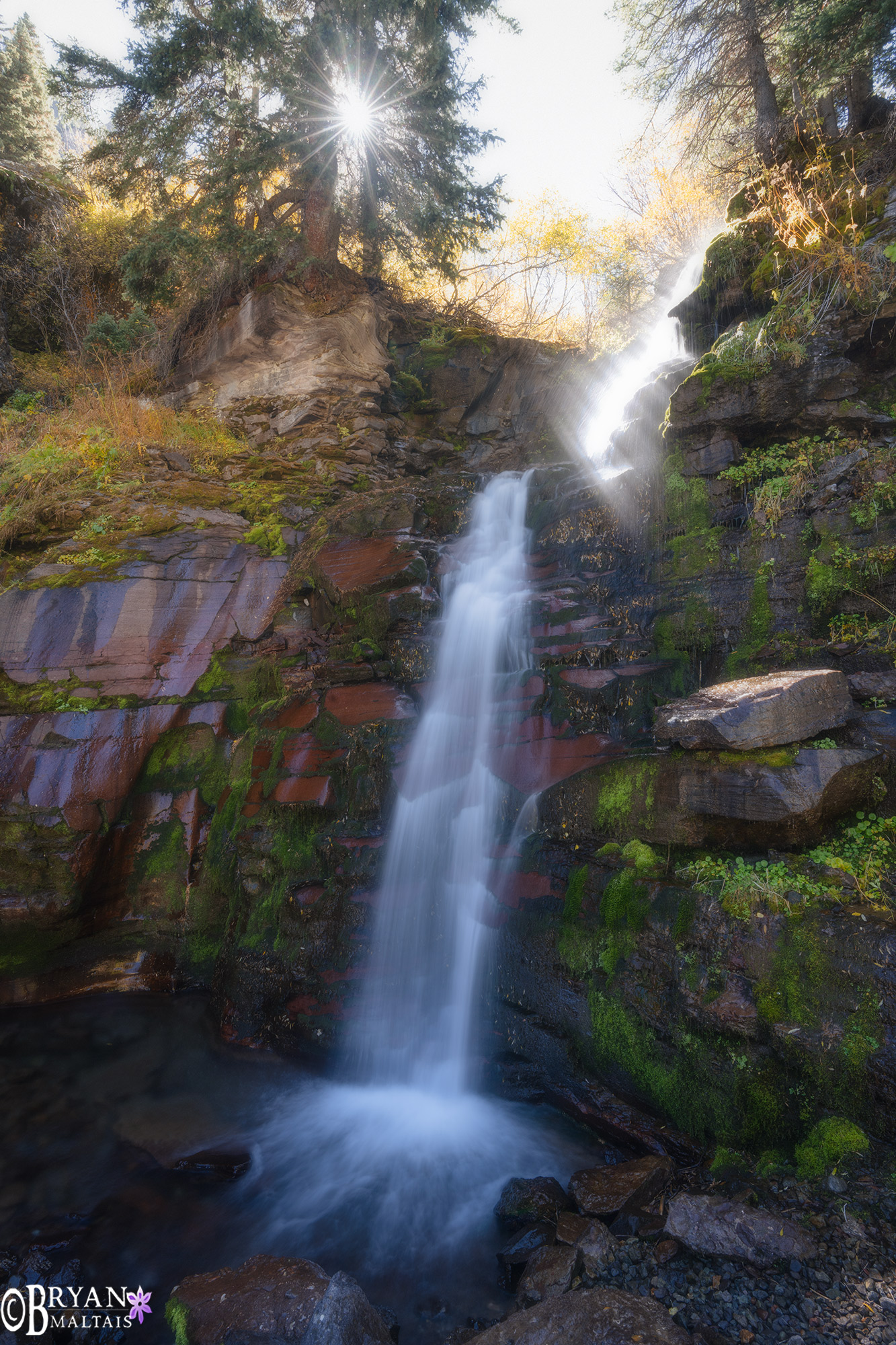
The two main image formats for recording pictures with your camera are RAW and JPEG. To make the most of your camera’s capabilities, you should shoot in RAW. This format offers unmatched versatility and preserves the highest level of detail. However, shooting in RAW does require some proficiency with imaging software. JPEG files, on the other hand, are ready to use straight out of the camera but offer limited quality and editing flexibility.
The Advantages of RAW
To fully grasp the distinctions between RAW and JPEG, you must understand dynamic range. It’s the range of brightness a camera sensor can capture in a single shot, from the darkest shadows to the brightest highlights. Modern digital cameras can capture up to 15 stops of dynamic range. However, when you view an image directly out of the camera, it initially displays only with the settings used to capture it. This can make shadows appear black and bright areas appear white without detail, even though these areas in the scene contained rich details that you could see.
RAW files store all of the dynamic range that was captured by the sensor, which is waiting to be brought out in imaging software. Adjusting the exposure sliders brightens dark shadows, revealing the detail that you saw when taking the photo. Bright areas, like clouds that appear mostly white, can regain their structure. The original data in RAW files remains intact and can be adjusted infinitely. This stored exposure data is why RAW files are so large and require imaging software to view. To share your RAW images, you need to save a version of them as a universal format like JPEG or TIFF.
The Advantages of JPEG
The main advantage of JPEG files is that you don’t need to know how to use imaging software or even a computer to use them. You can transfer JPEGs directly from your camera to social media or email because they’re a small, universally readable file type. This makes them useful for casual shooters and smart device users. It also allows new photographers to start taking pictures before mastering image processing. However, JPEG files only store a fraction of the exposure data that the sensor can capture, which defeats the purpose of owning a nice camera.
If you’re still getting a grasp on file types, you don’t actually have to choose between JPEG and RAW. Modern cameras can record both RAW and JPEG simultaneously, saving the image in both file types. If you’re still getting acquainted with editing software, this feature allows you to use the JPEG immediately and then go back to edit the RAW file as your skills improve.

